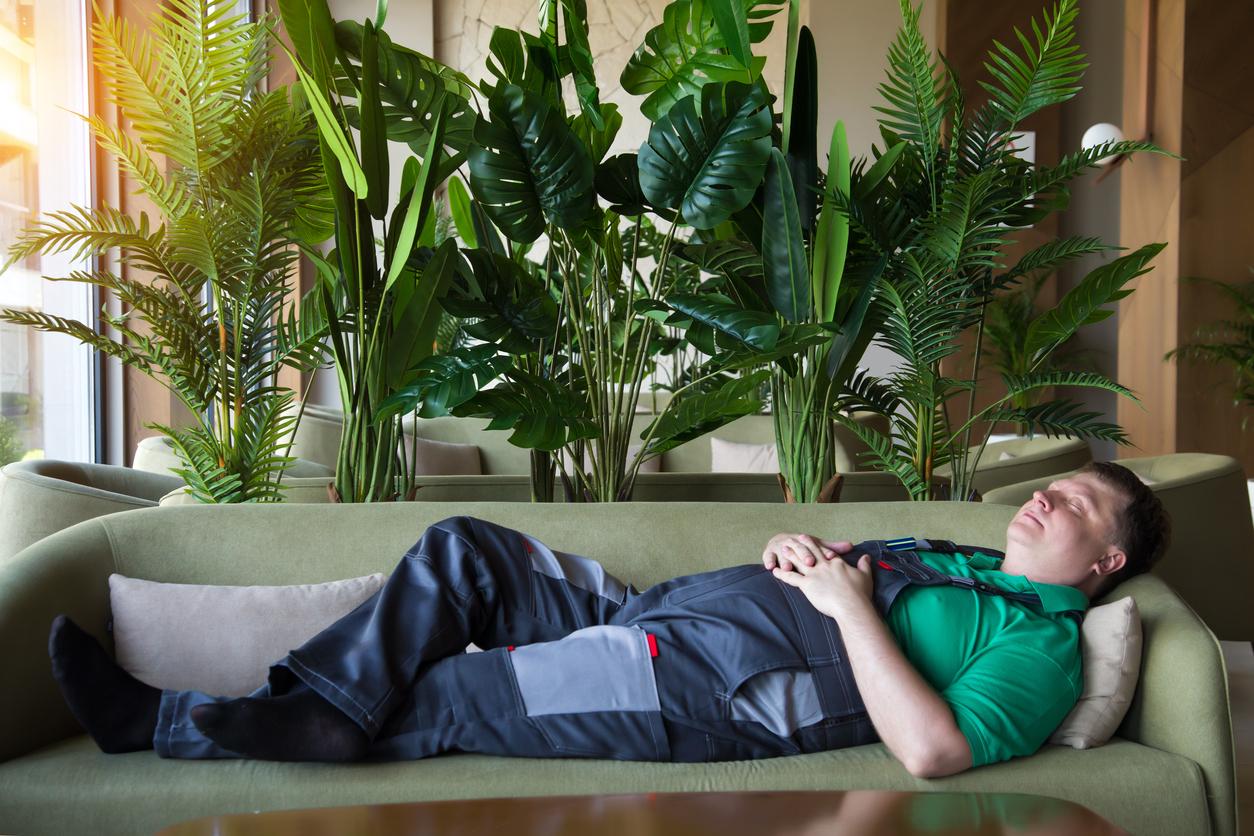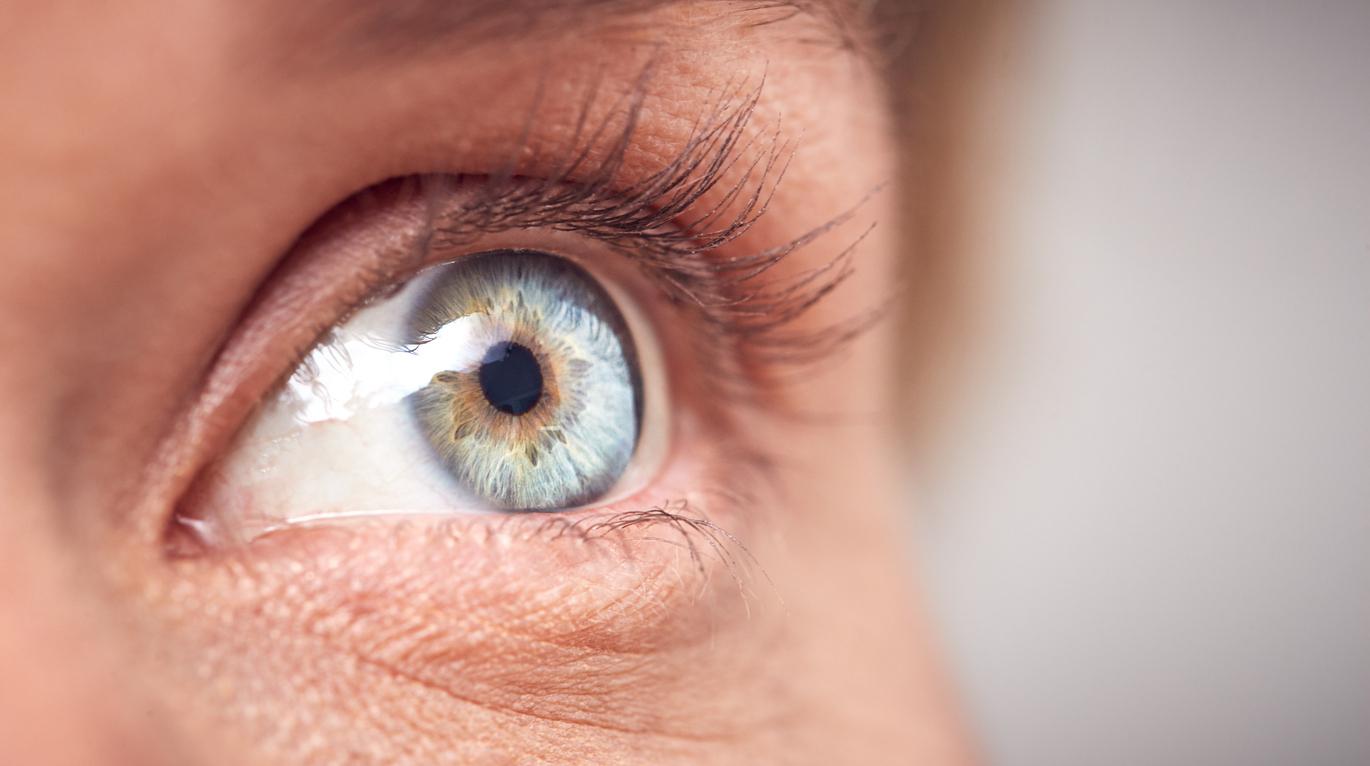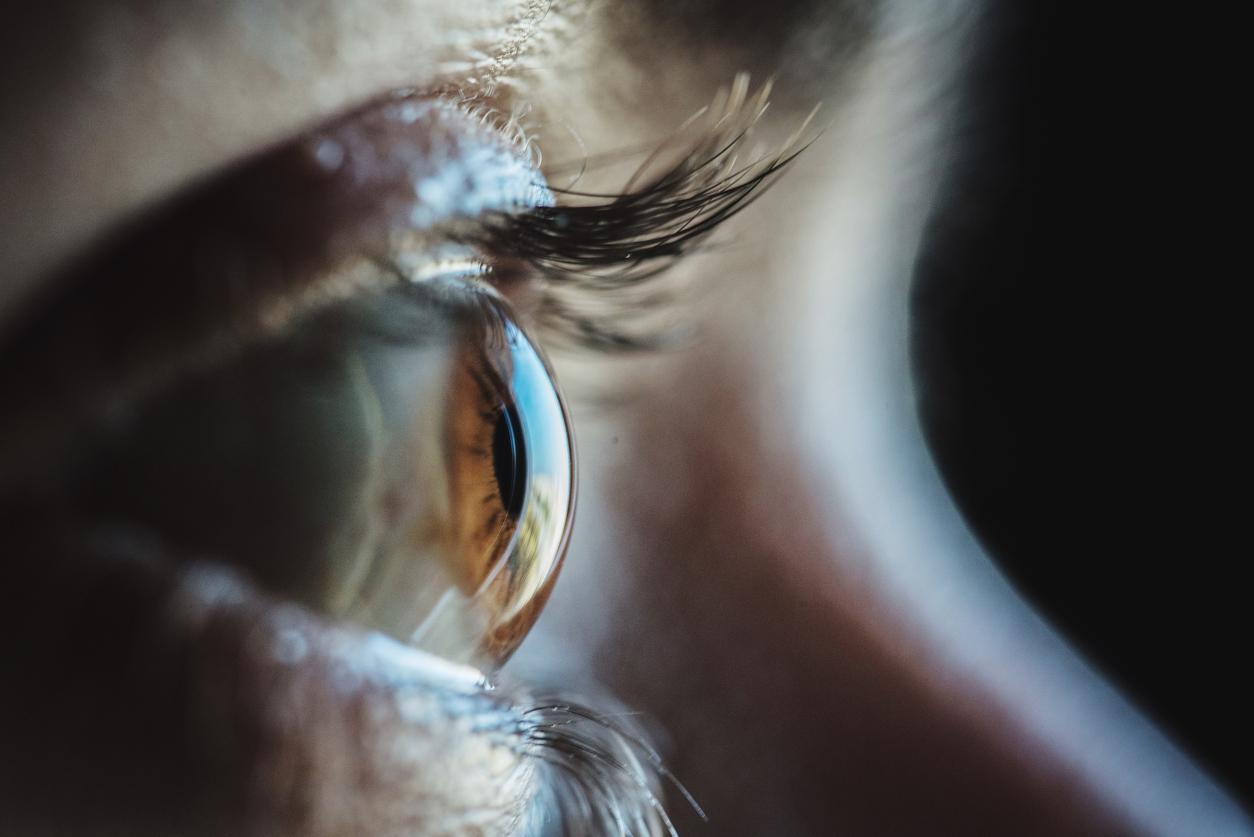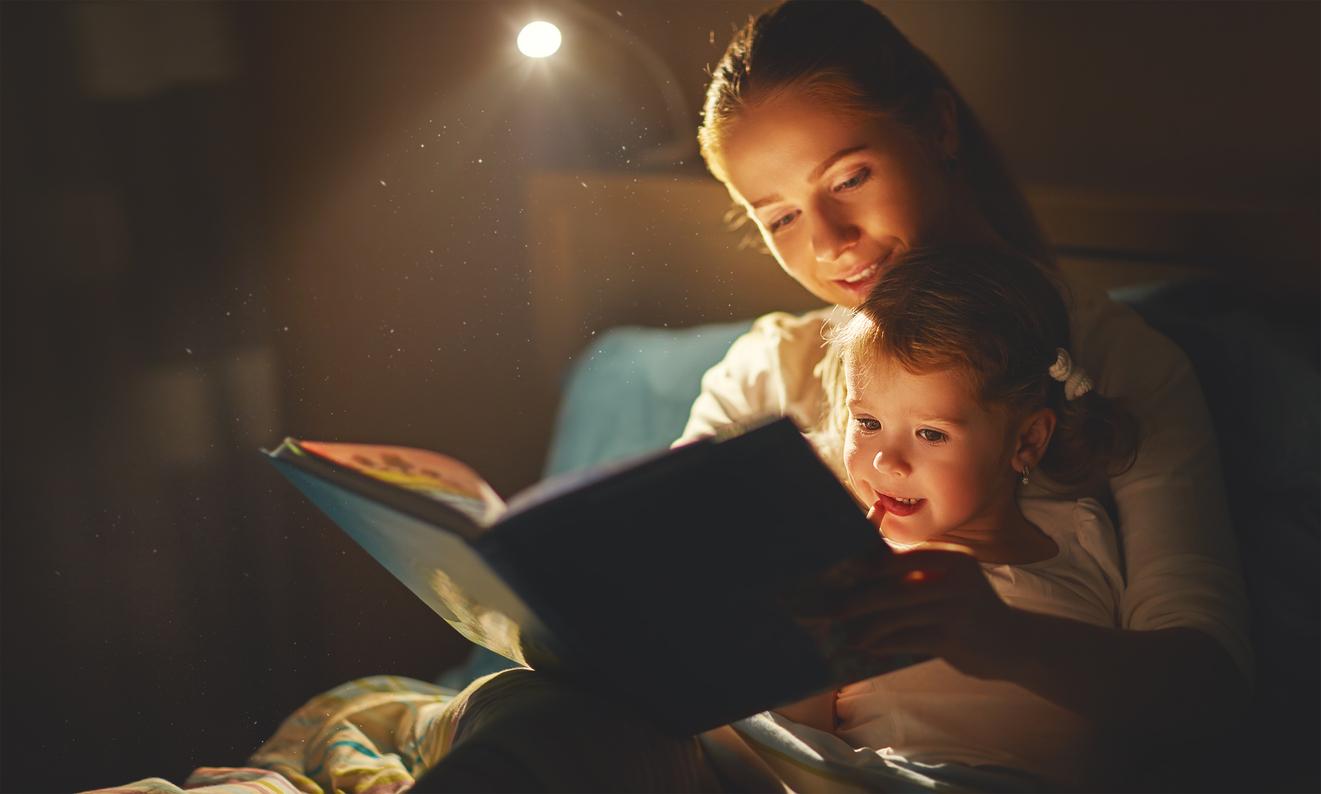Many children get closer to their sheet or book to read. A bad posture that leads to tiring their eyes and cutting off the pleasure of reading. This can lead to a delay in learning.
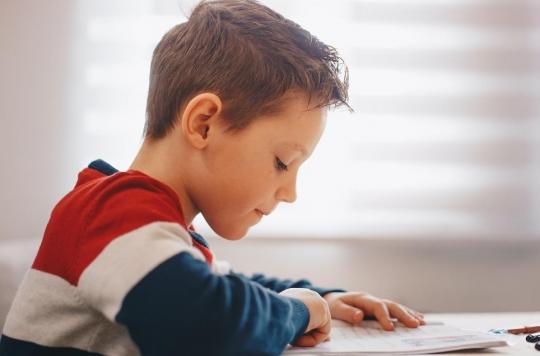
- Concentration disorders lead children to get as close as possible to their sheet or book to avoid deconcentration.
- This position tires the eye muscles of children who will lose the pleasure of reading and fall behind in their learning.
- Franck Earith, ophthalmologist, advises having children screened before CP and every 3 years thereafter.
Correctly diagnosing children’s eye disorders is essential so as not to hinder their learning. “It is essential to have children screened before they enter primary school”, says Franck Earith, ophthalmologist, at Why doctor. However, vision problems are not the only vision-related impediment to children’s learning. “Many parents bring their children to me thinking that they have vision problems while they are suffering from concentration disorders which cause eyestrain which can lead to delays in learning.”, specifies Franck Earith. This concerns at least 10% of children.”
Fatigue induced by convergence and accommodation efforts
Concentration disorders lead children to get as close as possible to their sheet or their book to avoid deconcentration. “In this way, they reduce their lateral visual field and avoid what distracts them.”, specifies the ophthalmologist. Children thus pick up a bad habit that is difficult to change. “When the child adopts a position lying on his sheet and he has to straighten up to look at the painting which is further away, he gets tiredhe continues. His eye muscles are paralyzed and it takes a while for them to relax.”
To move from a near view to a further view, our eye practices what is called accommodation. “The lens of the eye, the crystalline lens, acts like a camera ring with muscles that change the radius of its curvature”, develops Franck Earith. Added to this is convergence: if my eyes do not converge on a near point, I will see double and for the brain to integrate the images of two eyes, convergence is needed. “The closer I look at something, the greater the convergence and accommodation efforts, which will lead to eye strain and even headaches.”, concludes the ophthalmologist.
The importance of straightening the child while reading
The reading-writing distance chosen by the child has concrete consequences on his ability to learn. “Although the child does not have a sight problem, his position will tire him and this will lead to cutting off his desire to read at night.”, insists Franck Earith. Without the pleasure of reading, the child will fall behind in acquiring the fundamentals of reading and writing. “Parents shouldn’t wait until their child has a headache to get them to sit uphe insists. It’s difficult because the child doesn’t have a sight problem and won’t complain, but you have to motivate him to change position to avoid tiring him out..”
The other problem pointed out by the ophthalmologist is amblyopia. This disorder, which affects between 2 and 5% of the population, is a difference in visual acuity between the two eyes, the person then sees better with one eye than the other. “This eye problem is difficult for parents to detectconcedes Franck Earith. The mother will ask the child to read a sign in the car, for example, and the latter will be able to answer her without realizing that in fact he can read it with one eye.” According to him, this adds up to justify the need to have systematic and regular examinations at the ophthalmologist “before starting CP and every 3 years, even if there is no apparent problem.”

.









